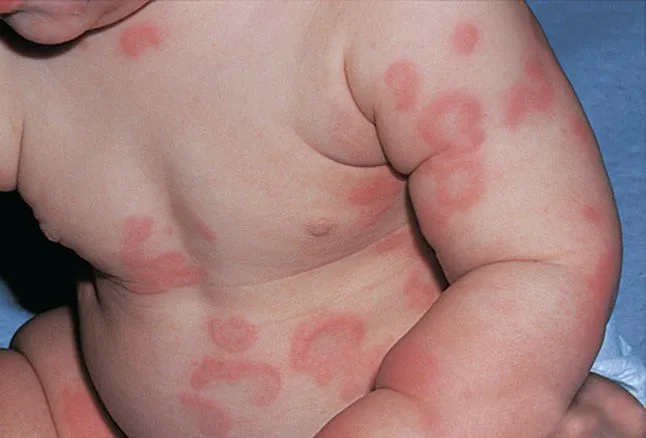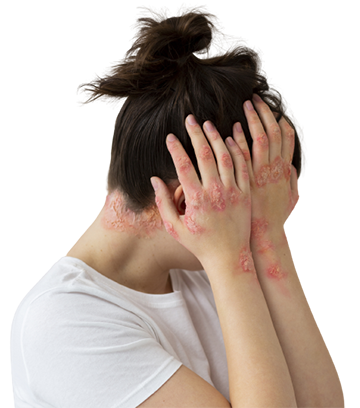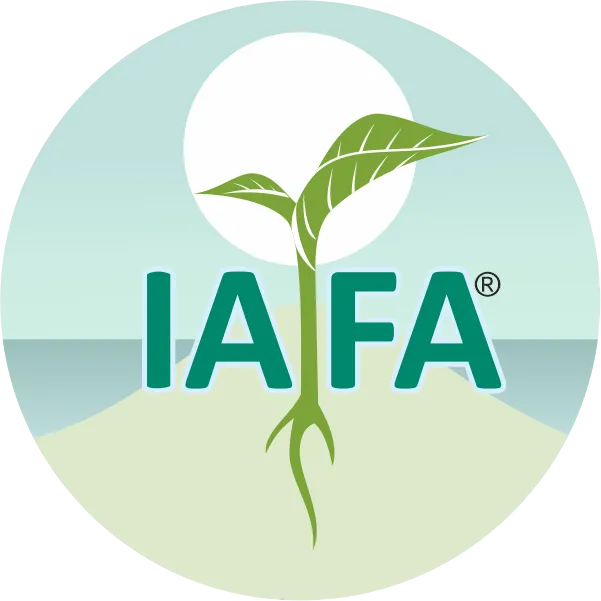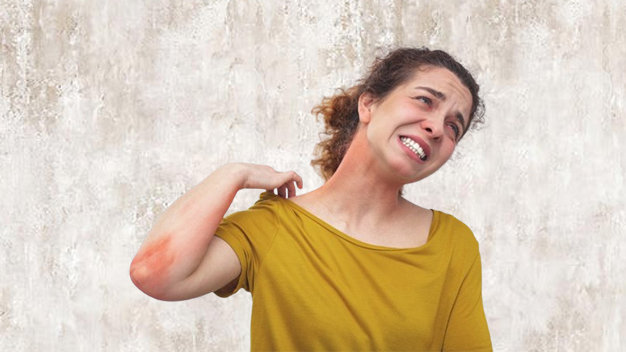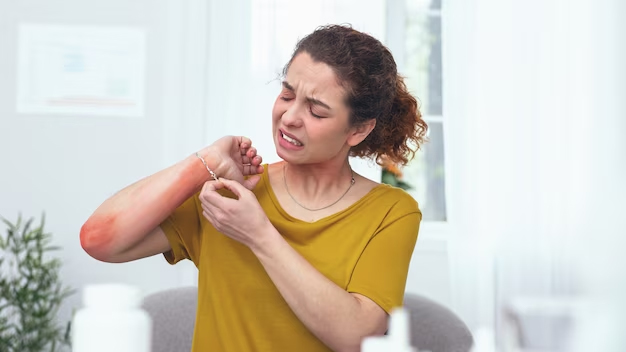On This Page
Contact Dermatitis (Udarda) Treatment – Ayurvedic and Natural
शीतमारुतसंस्पर्शात प्रदुष्टौ कफमारुतौ l
पित्तेन सह संभूय बहिरन्तर्विसर्पत: l l
Contact Dermatitis is the allergic reaction of skin towards certain allergens that come in direct contact with it. The skin may become prickly and develop rashes.
In Ayurveda, Udarda is a similar condition explained by Madhava Acharya (Ayurveda scholar). Ayurveda assures a complete cure in the condition of Contact dermatitis.
Causes of Contact Dermatitis
Contact Dermatitis is caused by various irritants or allergens that come in contact with skin and irritate it or initiate an immune response. These irritants or allergens may be any of the following:
- Detergents
- Certain medications
- Metals in ornaments
- Lotions
- Alcohol
- Preservatives in cleaning agents etc.
Ayurveda suggests that the causes of Contact Dermatitis may be exposure to cold, wind, etc.
Signs and Symptoms of Contact Dermatitis
Indications of Contact Dermatitis are seen in the area of contact with irritants or allergens. Signs and symptoms usually develop within minutes to a few hours and last for about two to four weeks.
Common symptoms include:
- Rashes
- Blisters
- Itching
- Burning sensation
- Water oozing from blisters
- Swelling
- Redness
- Dry, rough surface
Repeated scratching over the affected area may cause oozing that can lead to infection. The symptoms of Contact Dermatitis as per Ayurveda are redness, itching, slight swelling, and rashes on the skin.
Ayurvedic Reference of Contact Dermatitis
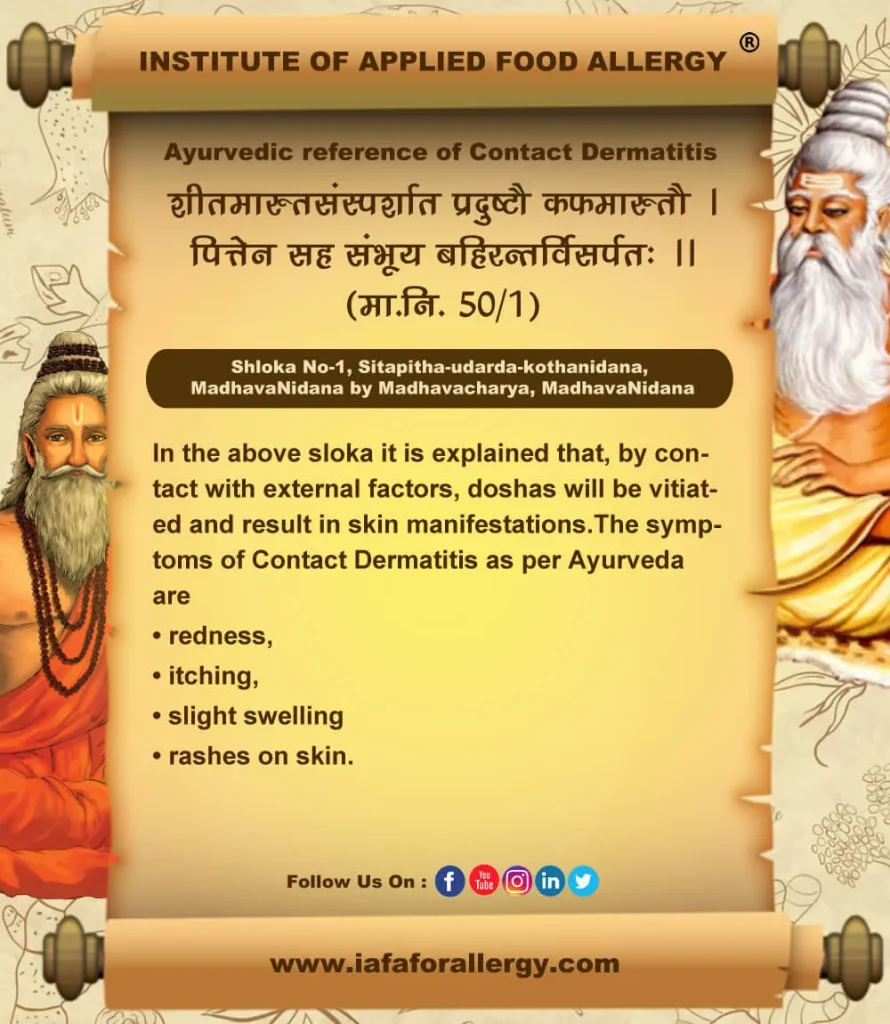
Types of Contact Dermatitis
Contact Dermatitis is of two types:
- Irritant Contact Dermatitis – It is the most common type of Dermatitis. When irritants like certain solvents, soap, shampoo, etc. come in contact with skin they erode the protective layer of skin and result in itching and rashes. This may happen either by single exposure or by multiple exposures based on the sensitivity of people.
- Allergic Contact Dermatitis – When allergens like certain metals, medicines, food, etc. activate the immune system, it will result in allergic reactions manifested on the skin. In case of direct contact with skin, only that particular area will be affected. Once, there developed an allergy towards any substance, even a small amount of that will cause an allergic response. In children, allergy is manifested on contact with diapers, wet tissue, lotions, etc.

“Dr. Gupta’s IAFA® is following genuine Ayurveda herbal remedies in the management of “Contact dermatitis” and associated symptoms with high success rates. Ayurveda is the only natural measure for managing the condition named Contact Dermatitis successfully”.
For Ayurveda follow IAFA®!!!
– Dr. Sahil Gupta (B.A.M.S., M.H.A.)
Ayurvedic Allergy Specialist
CEO & Founder of IAFA®
At last, Easier Contact Dermatitis Management

Trusted by
More than 90,000 Patients

Convenient
at-Home Treatments

9.2 / 10
Customer Satisfaction Score
Ayurvedic Treatment of Contact Dermatitis
Contact Dermatitis can be treated effectively through Ayurveda. It also focuses on preventing the recurrence of allergic reactions.
Internal Medicines
Internal medicines in various forms can be advised according to the condition of the patient and disease. Following are some of the effective Ayurvedic medicines for internal use:-
- Manjishtadi Kashayam
- Panchatikta Kashayam
- Nimbadi Kashayam
- Aragwadhadi Kashayam
- Gandhak Rasayan
- Manibhadra Guda (Gulam)
- Kaisora Guggulu Gulika
- Avipathi Churnam
External Medicines
Following medicines are applied externally based on the manifestation of symptoms:-
- Nimbadi Churna
- Triphala Churna
- Rasothamadi Lepam
- Eladigana Choornam
- Guluchyadi Kashayam
Treatment Procedures
Ayurveda advises various treatment procedures including purification therapies for the complete cure of illness. It includes:
- Snehapana (Intake of medicated oil or ghee)
- Vamana (Vomiting treatment)
- Virechana (Purgation)
- Kashayadhara (External treatment of decoction pouring) and
- Raktamoksha (Blood letting)
The above-mentioned treatments when performed in a combination based on the individual constitution successfully cures Contact dermatitis.
Single herbs in proper doses are effective in the treatment of allergies. The following herbs are highly successful in case of skin diseases, especially allergies.
- Sirisha (Albizia Lebbeck)
- Khadira (Acacia catechu)
- Tulsi (Ocimum sanctum)
- Aragwadha (Cassia fistula)
- Kumari (Aloe vera)
Diet in Contact Dermatitis
Pathya (Do’s)
Exercising following pathya will help to prevent the recurrence of allergic reactions and to reduce their intensity:-
- Maintain personal and environmental hygiene
- Identify allergens and avoid exposure to it.
- Adequate sleep
- Drink enough quantity of water
- Easily digestible food
- Vegetarian diet with less oil
- Include fruits and vegetables in the diet
Apathya (Don’ts)
Avoiding certain food items and regimens will help to strengthen the immune system.
- Red chilly
- Egg
- Oily food
- Ajinomoto containing food
- Chemical-based lotion
- Day sleep
- Strong detergents, soap, etc.
- Use of medicines without a doctor’s prescription.
Yoga and Pranayama for Contact Dermatitis
Yoga Asanas help to strengthen the body as well as the mind. Following asanas (postures) will be beneficial in strengthening the body’s immune system.
- Surya namskar
- Padmasana
- Vajrasan
- Paschimothasana
- Savasana
Pranayama helps to retain the pathway of body channels and to clean them. This aids in the nourishment of body cells and to heal them.
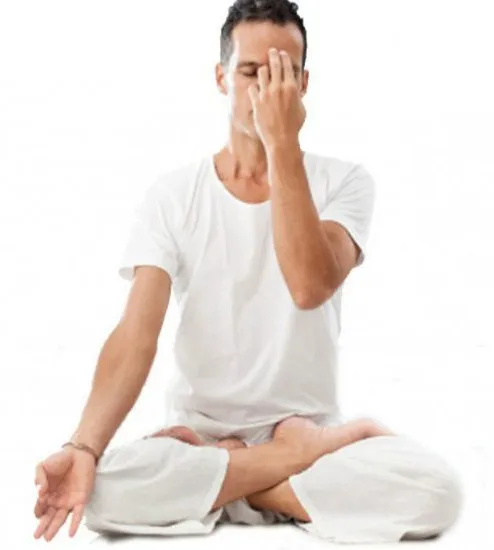
Frequently Asked Questions
Question: What is Contact Dermatitis?
Answer: Contact Dermatitis is the allergic reaction caused by certain allergens that come in contact with skin.
Question: Which are the types of Contact Dermatitis?
Answer: Contact Dermatitis is of two types – Allergic Contact Dermatitis and Irritant Contact Dermatitis.
Question: Is Ayurveda fruitful in the management of Contact Dermatitis?
Answer: Yes, Ayurveda has a significant effect on the cure as well as prevention of recurrence of Contact Dermatitis through various internal and external medicines.
Question: Can Ayurveda treat Contact Dermatitis?
Answer: Contact Dermatitis can be effectively treated through Ayurveda. Ayurvedic treatment also focuses on preventing allergic reactions.
Question: What is the Ayurvedic treatment of Contact Dermatitis?
Answer: Ayurvedic treatment of Contact Dermatitis includes various procedures that include purification therapies through internal and external measures. These measures ensure a complete cure of illness.
Question: What are the causes of Contact Dermatitis?
Answer: Ayurveda suggests the causes of contact dermatitis such as exposure to cold, wind, etc.
References
- Shloka No. – 1, Sitapitha-udarda-kothanidana, Madhava Nidana by Madhavacharaya, Madhava Nidana.
- Dr. Brahmanand Tripathi, 1st ed. Charak Samhita, Volume 1, Nidana Sthana, Adhyaya No. 5, Verse No. 1-3, published by Chaukhambha Surbharati Prakashan, Reprinted 2009, p.no. 623.
- Brahmanand Tripathi, 1st ed. Charak Samhita, Maharishi Charak. Nidansthan; Kushtanidanadhyaya: Chapter 5. Verse no. 6. Varanasi: Chaukhambha Prakashan, 2011; p.no. 625.
- Ayurvedic Pharmacopoeia of India – Part – 1, Ministry of AYUSH, Govt. of India. New Delhi; Vol. 2. p.no. 136.
- Sahil Gupta, Ayurvedic Aspects of Allergies and Fungal Infections, Edition 2021, Allergic Bronchitis Chapter No. 25, Page No. 153-158.
Ayurveda is the only natural measure for managing the condition named Contact Dermatitis successfully. Dr. Gupta’s IAFA® is the best Ayurvedic destination for treating Contact dermatitis as well as all allergy-related disorders with a high success rate.
For Ayurveda follow IAFA®!!!
Was this Page Helpful?
So IAFA® Root-Cause Treatment of Your Contact Dermatitis is Just 3 Steps Away!

01. Connect With Us
Share your history of illness or Book your appointment

02. Consult With Us
Dr. Gupta a certified Ayurvedic Allergist Consultant

03. Root Cause Treatment
Get an accurate diagnosis, medicines, diet & lifestyle change
Contact Dermatitis – Case Studies
Real Case Studies of Successfully Treated Patients from All Around the World by IAFA Ayurveda®
-
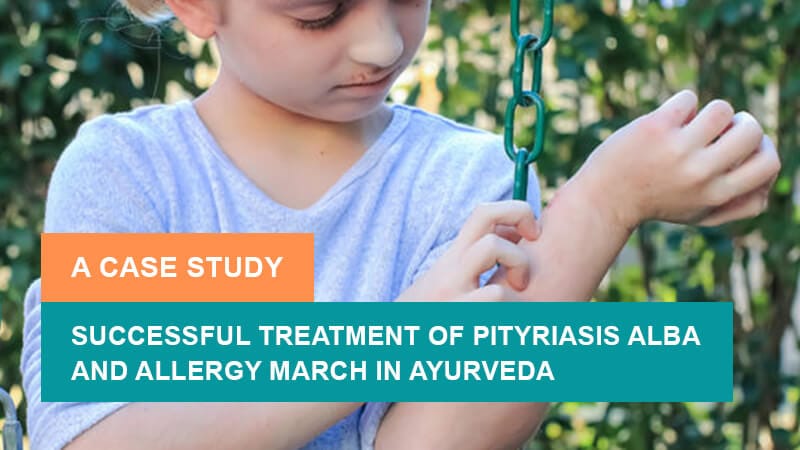
Successful Treatment of Pityriasis Alba and Allergy March in Ayurveda – A Case Study
It is a case study about successful treatment of Pityriasis Alba and…
-

Successful Treatment of Gallstones (Cholelithiasis) with Ayurvedic Medications – A Case Study
It is a case study about the successful treatment of Gallstones (Cholelithiasis)…
-
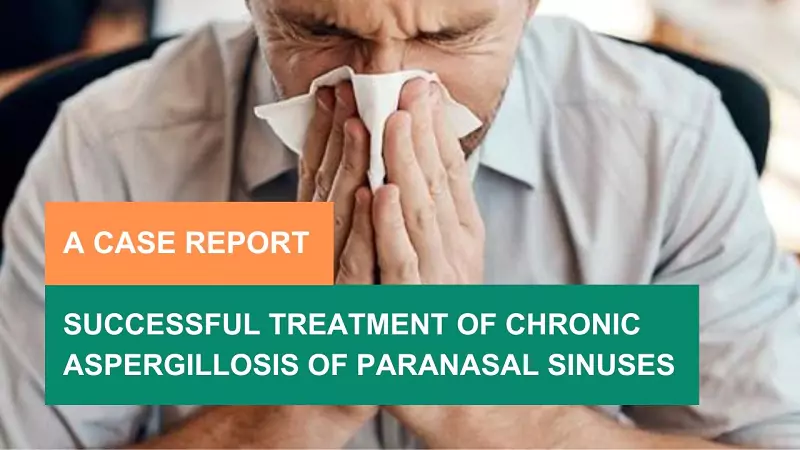
48-Year-Old Male Patient Got Relief from Chronic Aspergillosis of Paranasal Sinuses – A Case Study
Fungal infections can be treated with a high success rate by various…
-
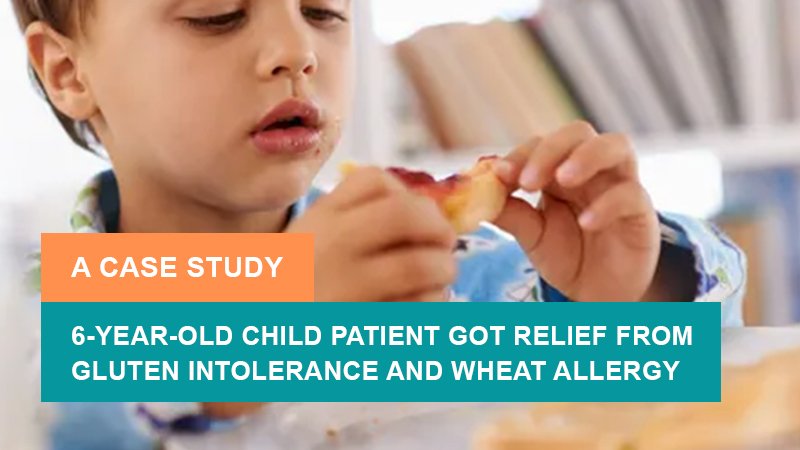
6-Year-Old Child Patient Got Relief from Gluten Intolerance and Wheat Allergy – A Case Study
It is a case study of a 6-year-old Child Patient who got…

